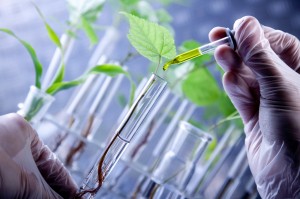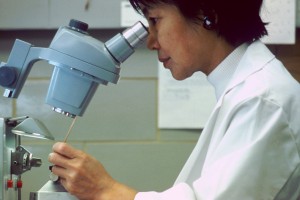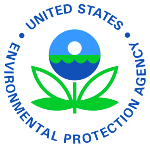It is quite extraordinary that, given the scientific reality now commonly accepted in relation to molecular biology, the genetic engineering industry is still allowed to get away with using terms like precise.
|
|
|||
|
The genetic engineering industry is a house of cards built almost solely on the foundation of a scientific principal that is now anything but solid. What has the existing patent system in agriculture yielded? Seed industry consolidation, increased seed prices, loss of biodiversity, and the stifling of independent research and scientific inquiry. The latest about intellectual property in agriculture. There was no shortage of vitriol against a new long-term GMO study showing cancers in rats fed GM maize, as well as those fed Roundup, in amounts well below the officially set safety limits. Is the orchestrated response to discredit Seralini et al anti-science? The U.S. House Committee on Agriculture is meeting to “review the causes and consequences of government over-regulation of agriculture biotechnology.” Recently, Sec. of Agriculture Tom Vilsack compared biotechnology and sustainable agriculture to two sons, for whom he declared equal love. Read on to learn why biotech has in fact been the agency’s favorite “son.” In less than a month, USDA has approved for unrestricted growth GE alfalfa and partially deregulated GE sugar beets. Now, it deregulates GE corn for biofuel production with no environmental impact study of novel proteins it contains. The recently released WikiLeaks cables confirm Vatican’s secret support for GMOs and demonstrate the critical role U.S. diplomacy plays in the spread of biotechnology. Scientists at the University of Bristol have discovered a previously unknown route by which GM genes may escape into the natural environment leading to questions about the unintended patented gene flow. With Non GMO Month around the corner, let’s return to the basics: why avoid GMOs? Among concerns, human and animal health, environmental impact, morals and ethics, socioeconomic issues, and food labeling. From the company that brought you plastics and rubber (DuPont) comes a genetically modified soybean that is altered to exhibit alleged health benefits. Ignoring criticis and finding their concerns to be “unlikely,” on May 12, 2010 APHIS approved for continued field tests the planting of experimental genetically modified eucalyptus trees across seven states. The claims by biotechnology corporations that genetic engineering increases crop yields, and is therefore necessary to feed a growing world population, have also recently been refuted. Failure to Yield, a report by the Union of Concerned Scientists published in April 2009, is the first to evaluate in detail the overall yield effect of genetic engineering. Specifically, the report concludes “no currently available transgenic varieties enhance the intrinsic yield of any crops. The intrinsic yields of corn and soybeans did rise during the twentieth century, but not as a result of GE traits. Rather, they were due to successes in traditional breeding.” Monsanto claims that it is pursuing a legal battle over the right to grow genetically modified alfalfa because it is concerned with farmers, fairness and choice. Yet Monsanto’s appeals in the case have a lot more to do with protecting its right to continue selling GM seeds and pesticides. How can the public trust government agencies to ensure the safety of GMOs if those agencies have a long track record of failure? USDA’s regulatory track record begs the question of whether it is a government “regulatory” agency or an industry group. Monsanto’s money buys the “truth” even on public radio so that it too spreads Monsanto’s PR message “Produce more, Conserve More.” In reality, agriculture a la Monsanto is everything but conservation or sustainability. Read our analysis of Monsanto’s treatment by Marketplace. German researchers have successfully transferred a fungal resisting gene found in bacteria and other plants into peas but as a result of high administrative costs and political uncertainty in Germany, they will continue field testing genetically modified peas in United States. The United States government consistently promotes its regulatory framework for genetically engineered organisms as comprehensive and strict. Is this a public relations maneuver, wishful thinking or the story of the emperor without clothes? A new breed of genetically engineered dandelions is currently in development and could be implemented in a number of industrial, chemical and pharmaceutical uses. Currently, transgenic dandelions are used to create dandelion-derived latex. The USDA provides a number of exemptions for articles that it has determined do not pose a plant pest risk. One of such exemptions authorizes the introduction of certain regulated articles without a permit provided that USDA is notified in advance. TSCA provides the EPA with authority to regulate chemical substances which may present an unreasonable risk of injury to health or the environment during manufacture, processing, distribution in commerce, use, or disposal. TSCA applies to uses of substances that are not specifically covered by another statute, i.e., TSCA does not apply to pesticides, food, drugs or cosmetics. TSCA is therefore a “catch-all” or “gap-filler” statute. Any substance produced and used in a living plant, whether through conventional breeding or genetic modification is regulated by the EPA if it is intended to control pests. As such, the EPA has a role in regulating the several types of genetically modified organisms. |
|||
|
 |
|||













